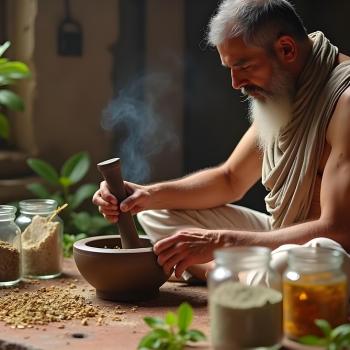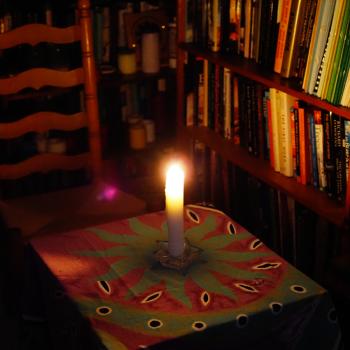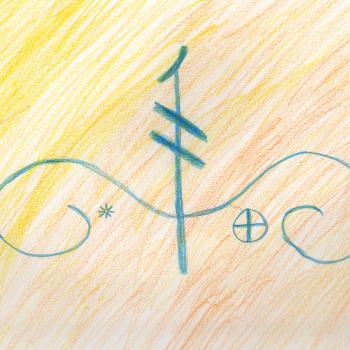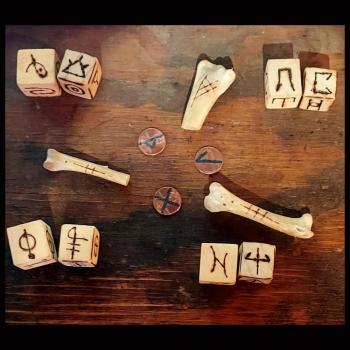 By Chade-Meng Tan
By Chade-Meng Tan
People who know about the different schools of Buddhism are often curious which one I belong to, so they ask me, "What type of Buddhist are you?" And I say, "A lousy one, of course." In truth, I think I have benefited tremendously from all three branches (yanas) of Buddhism.
I benefited tremendously from the concreteness and clarity of Theravada Buddhism. Theravada scriptures are the closest we have to the original teachings of the Buddha, the greatest hero in my life. Theravada teachings are systematic, logical, highly accessible, historically authentic, and contain a minimal amount of the magic and mystery I find distasteful. The Vipassana practice (a somewhat relaxed version of which became known as "Mindfulness meditation" in the West), which comes out of the Theravada tradition, is the single most important thing I have learned in my entire life. Theravada teachings form both the theoretical and practical foundations of my Buddhist practice, from which I became able to understand and appreciate the other schools of Buddhism. Theravada is my root, my foundation. This is the body of my practice. The body of my practice is Virtue, Concentration, and Wisdom (Sila, Samadhi, and Panna).
I benefited tremendously from the inspiring power of Vajrayana (Tibetan) Buddhism. Vajrayana Buddhism is the result of at least two major rounds of evolution from the original teachings of the Buddha (either evolution or degeneration, I'm happy to argue either or both) and includes many important refinements and additions to more traditional forms of Buddhism. In many ways, Vajrayana is Buddhism on steroids. It has awed and inspired me. It has given me my Compassion practice. It inspired me to take my Bodhisattva Vows. Vajrayana is my thunder, my power. This is the heart of my practice. The heart of my practice is Emptiness and Compassion (Sunyata and Karuna).
I benefited tremendously from the simple directness of Zen Buddhism, which is, in my opinion, the greatest of all the Mahayana schools. True wisdom is simple and full of lightness and humor. Zen embodies it. Just be. Enlightenment is the perfection of just being. Zen is my no-self (无我). This is the soul of my practice. The soul of my practice is. Just is.
Hence, I belong to all three major schools of Buddhism. At the same time, I belong to none of them. My true Dharma is the Hahayana. Ha ha.
I predict that in the future, something resembling this "Hahayana Buddhism" that combines people's favorites from each school will emerge as a major unorganized school of Buddhism in America. In America, Buddhists from each school interact with those from every other school cordially and with open minds. Nobody is afraid to learn from each other and nobody feels too threatened by the others. Under such conditions, it is inevitable that the best features from each school will naturally emerge and become popular everywhere. Hence, some semblance of Hahayana will emerge and live happily alongside the traditional schools. Every traditional school will still hold on to its deep roots and beautiful cultural enrichments, but each will also benefit from the best of the others through this openness.
Ultimately, Buddhism is about the profound realization of the simple humor of being, and in accomplishing that, Hahayana is the best, except for all the others, of course.
Chade-Meng Tan (陳一鳴) is Head of Google University's School of Personal Growth. Talks he's hosted there include Jon Kabat-Zinn on mindfulness and healing, Matthieu Ricard on happiness, Daniel Goleman on emotional intelligence (EQ), and Alan Wallace on contemplative sciences. His home page is chademeng.com, which features his Buddhism site, his blog, his amazing gallery, plus much, much more.
7/5/2010 4:00:00 AM




